Understanding the PATT Process in Workday® – For the Experienced and the Newcomer.
PATT—Position, Assignment, Time, and Transaction—sits at the heart of workforce management. If you’ve seen it before in another HR system, you already know the concept. But if you’re brand new, don’t worry—you’ll pick it up quickly in Workday®.
To make this useful for everyone, we’ll look at PATT through two lenses:
- Part 1: For those familiar with PATT in other systems
- Part 2: For those brand new to PATT altogether
Part 1: If You Know PATT from Other Systems
You know the rhythm: Position defines the role, Assignment ties a worker to it, Time governs schedules, and Transaction is the action you’re taking.
In Workday®, those same concepts exist—but the experience feels different. Here’s how:
- Position – Anchored in supervisory organisations, driving reporting and costing automatically.
- Assignment – A straightforward worker-to-position link, no complex mapping tables.
- Time – Eligibility rules and schedules often trigger automatically once assignments are in place.
- Transaction – Not a static action, but a configurable business process with built-in workflows and visibility.
Key takeaway: In Workday® PATT isn’t four separate steps you manage in isolation—it’s a single, integrated flow.
Practical Tips:
- Use position templates to minimize errors.
- Always check supervisory org placement—it drives routing.
- Preview the full transaction path before submitting.
- Confirm benefit/absence eligibility after assignments.
- Track progress in your Workday® Inbox to see where approvals sit.
Part 2: If You’re Brand New to PATT
So what is PATT, really? Think of it as the “backbone” of how Workday® knows who your employees are, where they sit in the org, what hours they work, and what changes happen to them.
Here’s the breakdown:
- Position – The role itself (like “HR Specialist” in the New York office).
- Assignment – Linking a specific person to that role (Jane Smith is the HR Specialist in New York).
- Time – The work schedule, time-off rules, or absence plans that apply to Jane.
- Transaction – The action you’re taking, like hiring Jane, moving her to a new role, or eventually processing her termination.
In Workday® these pieces connect seamlessly. For example, when you hire Jane into her position, Workday® automatically sets up her assignment, checks her time eligibility, and triggers benefit enrollment.
Why it matters:
- Payroll runs smoothly because Jane’s details are right.
- Managers see accurate org charts.
- Jane gets the right benefits and can request time off without errors.
Practical Tips for New Users:
- Start small: walk through a test hire in Workday® to see PATT unfold end-to-end.
- Follow checklists or guided flows—Workday® often tells you exactly what comes next.
- Don’t worry about memorising every rule—Workday® automation does the heavy lifting.
- Ask questions early. If something looks odd, it’s usually just one field out of place.
Final Thought
Whether you’re translating your PATT knowledge from another system or encountering it for the first time, Workday® makes the process more connected and less manual. The goal is the same: accurate, consistent employee data that drives everything from payroll to benefits. Workday® just gives us a clearer, more automated way to get there.
Click download for your free practical guide & tips.

